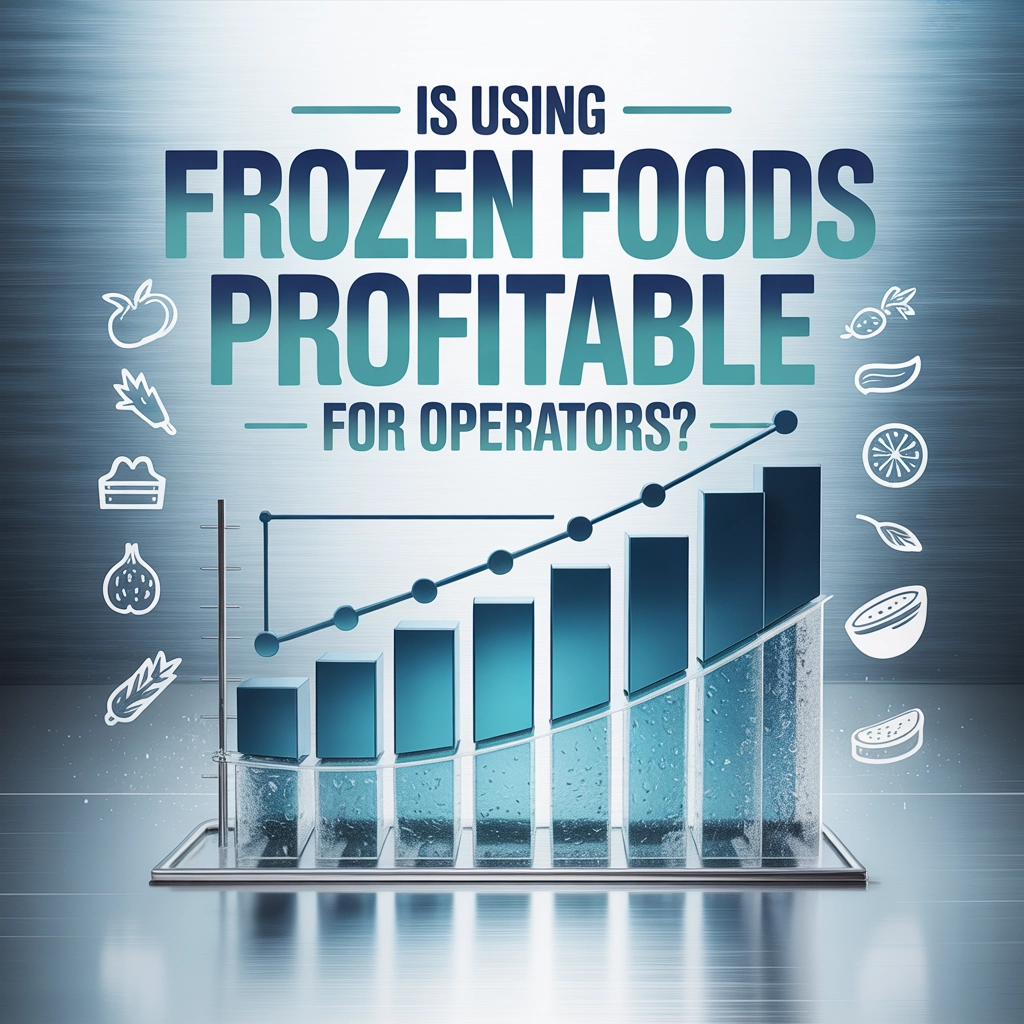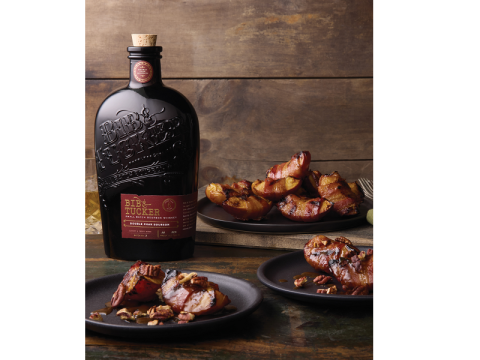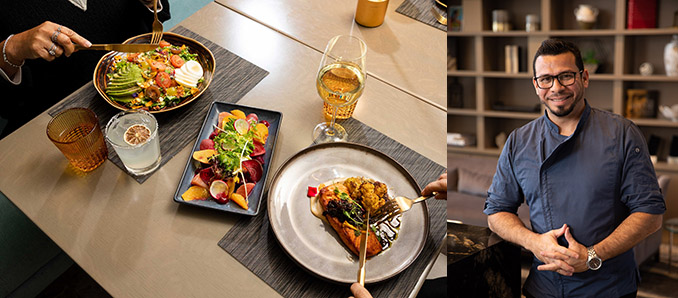The Financial Equation of Frozen Foods
In today's challenging restaurant environment, operators face unprecedented pressures from rising labor costs, supply chain disruptions, and increasingly thin margins. Against this backdrop, frozen foods have emerged as a potential solution for foodservice professionals looking to maintain profitability while delivering consistent quality.
But the question remains: Does incorporating frozen products actually improve the bottom line for restaurants, hotels, and other foodservice establishments?
The short answer is yes—when implemented strategically. Over 90% of foodservice operators now incorporate frozen foods into their menus, suggesting a strong financial case for their use. However, the profitability equation varies based on several key factors that every operator should consider.
Labor Savings: The Hidden ROI of Frozen Products
Perhaps the most compelling financial argument for frozen foods is their impact on labor costs, which typically represent 30-35% of a restaurant's budget.
"Every minute spent on food preparation directly impacts your labor costs," explains Chef Thomas Reynolds, culinary director at a regional restaurant group. "Frozen products that arrive pre-cut, portioned, and sometimes even pre-cooked can reduce prep time by 25-40% for certain menu items."
This labor efficiency translates to tangible savings:
- Reduced prep staff requirements
- Lower training costs
- Decreased overtime expenses
- More consistent scheduling
- Ability to reallocate staff to customer-facing roles
Consider a mid-sized restaurant serving 200 covers daily. By incorporating strategic frozen items like pre-cut vegetables, portion-controlled proteins, or pre-baked bread products, operators can potentially save 15-20 labor hours weekly—translating to approximately $15,000-$20,000 annually at average industry wages.
Waste Reduction: Turning Spoilage into Profit
Food waste represents one of the most significant drains on restaurant profitability, with the average establishment losing 4-10% of purchased food before it reaches customers.
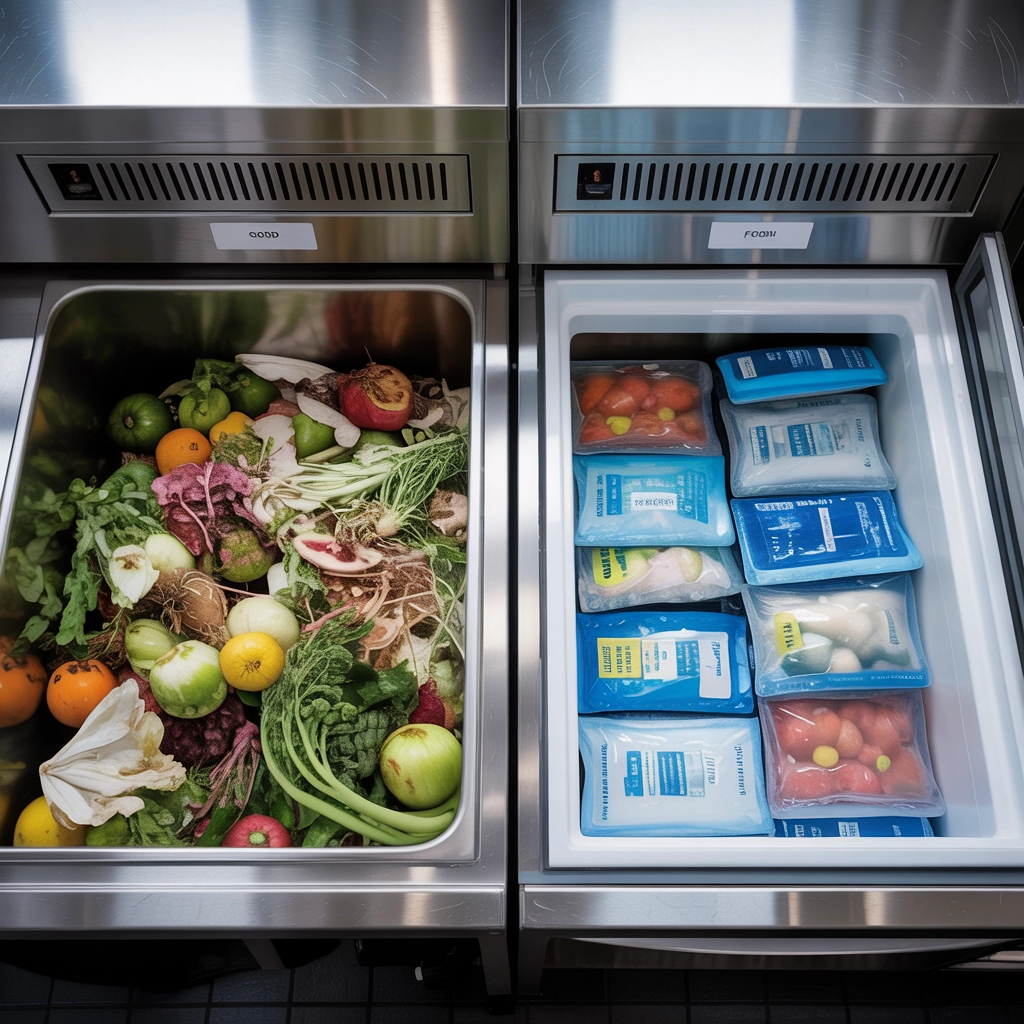
Frozen foods dramatically reduce this waste factor:
- Extended shelf life (months versus days)
- Ability to use exactly what's needed when needed
- Reduced risk during demand fluctuations
- Less vulnerability to supply chain disruptions
During the recent pandemic-related disruptions, restaurants using frozen products reported "much less" waste than those relying primarily on fresh ingredients. This waste reduction directly impacts the bottom line—every dollar saved from waste prevention flows directly to profit.
A cost analysis from industry consultant FSR Analytics found that restaurants using a strategic mix of frozen and fresh ingredients typically reduce overall food waste by 25-30%, resulting in a 2-3% improvement in food cost percentage.
Quality Evolution: Not Your Grandmother's Frozen Foods
The profitability discussion can't ignore quality considerations. Today's frozen foods bear little resemblance to the options available even a decade ago, thanks to significant technological advancements:
- Flash-freezing techniques that preserve nutritional value and texture
- Individual quick freezing (IQF) allowing for portion control without clumping
- Advanced packaging that maintains quality during storage
- Specialized freezing methods for different food categories
"The quality gap between premium frozen products and fresh has narrowed dramatically," notes Maria Chen, procurement director for a hotel chain. "In blind tastings, our customers often can't distinguish between dishes made with certain frozen ingredients and their fresh counterparts."
This quality revolution means operators can incorporate frozen items without sacrificing customer satisfaction—a critical factor in long-term profitability.
Menu Versatility: Expanding Offerings and Margins
Another profit-driving advantage of frozen foods is the ability to offer consistent menu items regardless of seasonality or local availability.
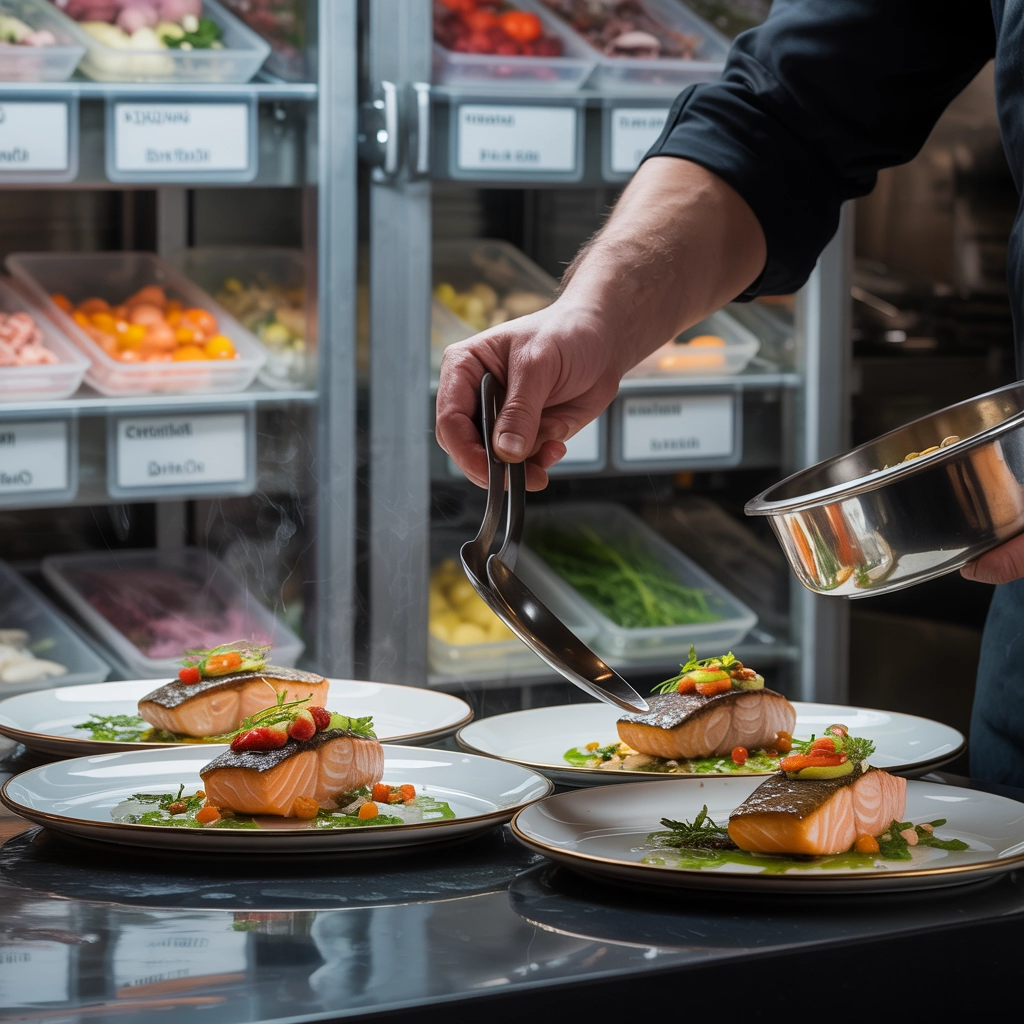
For instance:
- Offering wild-caught seafood year-round
- Maintaining consistent berry desserts regardless of season
- Providing specialty ingredients that might be difficult to source locally
This versatility allows operators to:
- Create signature dishes that drive repeat business
- Maintain consistent pricing rather than fluctuating with market conditions
- Develop higher-margin specialty items that might otherwise be impractical
"Our ability to offer Alaskan salmon and Maine lobster consistently in our Midwest locations is entirely dependent on quality frozen products," explains Chef Jessica Montgomery of Regional Dining Group. "These high-margin items would be logistically impossible to offer fresh at a reasonable price point."
The Cost Comparison: Breaking Down the Numbers
When evaluating profitability, operators must consider the all-in costs of frozen versus fresh alternatives:
| Cost Factor | Fresh Products | Frozen Products |
|---|---|---|
| Purchase price | Generally lower per unit | Often higher per unit |
| Labor costs | Higher preparation requirements | Significantly reduced prep time |
| Storage costs | Higher turnover, less space | Lower turnover, more freezer space |
| Waste percentage | 8-12% average | 2-5% average |
| Utility costs | Lower refrigeration needs | Higher freezer operation costs |
| Consistency | Variable by season/source | Highly consistent |
The total economic picture often favors frozen products when all factors are considered. According to a 2024 industry analysis, restaurants incorporating 30-40% frozen products in their inventory mix reported 2-4% better overall profit margins than comparable establishments using primarily fresh ingredients.
Implementation Strategy: Maximizing Frozen Food Profitability
To maximize the profitability of frozen foods, operators should consider these strategic approaches:
- Selective integration: Not every menu item benefits equally from frozen ingredients. Focus on:
- Labor-intensive preparations
- Items with high waste potential
- Seasonal ingredients with significant price fluctuation
- Components rather than complete dishes
-
Quality tiering: Invest in premium frozen products for center-of-plate items while using standard frozen products for components and less prominent ingredients.
-
Proper storage and handling: Maintain precise freezer temperatures, organize inventory with clear FIFO systems, and train staff on proper thawing techniques to preserve quality.
-
Menu transparency: Consider your customer base when deciding whether to highlight or downplay the use of frozen ingredients. Some concepts benefit from "house-made" messaging, while others may emphasize quality sourcing regardless of preservation method.

The Future Outlook: Trends Driving Frozen Food Profitability
Several emerging trends suggest frozen foods will become even more profitable for operators in coming years:
-
Sustainability focus: Frozen foods help reduce food waste, a growing concern for environmentally conscious consumers and businesses alike. This aligns with broader industry sustainability initiatives.
-
Technology integration: AI and machine learning are improving demand forecasting, helping operators determine optimal frozen/fresh inventory mix.
-
Labor market pressures: With persistent staffing challenges, labor-saving solutions like strategic frozen food use will remain valuable.
-
Supply chain resilience: After recent disruptions, operators are prioritizing inventory stability, which frozen foods provide.
-
Consumer acceptance: Today's consumers are increasingly comfortable with quality frozen options, reducing marketing challenges.
The Balanced Approach: Finding Your Optimal Mix
The most profitable approach for most operators isn't all-frozen or all-fresh but rather a strategic mix tailored to their specific:
- Menu concept
- Labor availability
- Customer expectations
- Storage capabilities
- Price point
"We maintain about a 60/40 fresh-to-frozen ratio," explains Tyler Washington, operations director for a casual dining chain. "Fresh ingredients dominate our salads, featured specials, and visible garnishes, while we leverage quality frozen products for consistency in our core menu items and components that don't compromise quality when frozen."
This balanced approach allows operators to capture the efficiency and waste-reduction benefits of frozen foods while maintaining the fresh appeal that many customers still value.
Conclusion: The Profitability Verdict
The evidence strongly suggests that strategic use of frozen foods can significantly enhance operator profitability through:
- Reduced labor costs
- Minimized food waste
- Enhanced inventory management
- Improved menu consistency
- Greater versatility in offerings
However, profitability depends on thoughtful implementation—selecting the right products, managing storage properly, and balancing frozen items with fresh components where they add the most value.
As the quality of frozen options continues to improve and labor challenges persist, the financial case for incorporating frozen foods becomes increasingly compelling for foodservice operators across all segments.
For operators still hesitant about frozen foods, the recommendation is clear: start with a targeted trial in high-labor or high-waste areas of your menu, measure the results comprehensively (beyond just purchase price), and let the data guide your strategy.
In today's challenging foodservice environment, few operational decisions offer the same potential for immediate margin improvement as the strategic incorporation of quality frozen products.
Written by Michael Politz, Author of Guide to Restaurant Success: The Proven Process for Starting Any Restaurant Business From Scratch to Success (ISBN: 978-1-119-66896-1), Founder of Food & Beverage Magazine, the leading online magazine and resource in the industry. Designer of the Bluetooth logo and recognized in Entrepreneur Magazine's "Top 40 Under 40" for founding American Wholesale Floral. Politz is also the founder of the Proof Awards and the CPG Awards and a partner in numerous consumer brands across the food and beverage sector.



